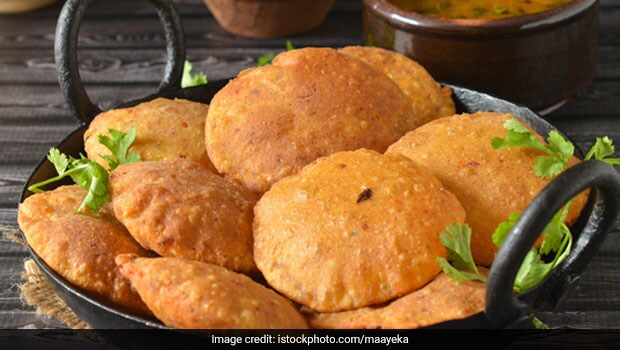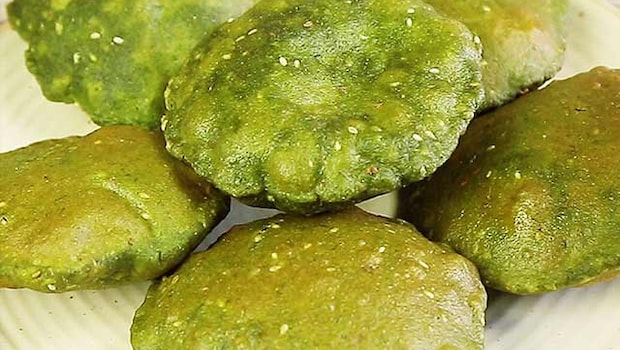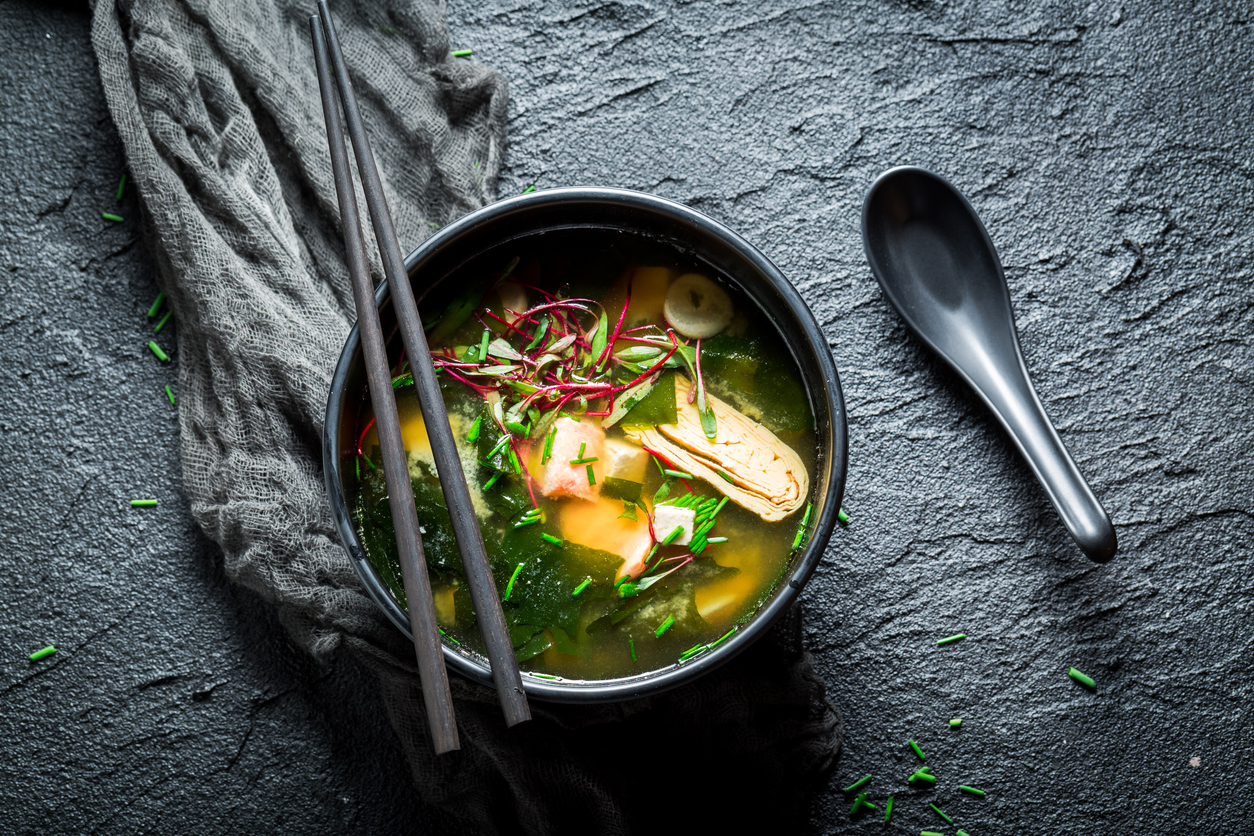Every time I travel across India, one thing never fails to catch my eye - the humble poori. Whether it's in a roadside dhaba in Punjab, a festive platter in Gujarat, or a breakfast thali in Tamil Nadu, the deep-fried, golden bread appears in countless forms. But what fascinates me the most is how, while it's essentially the same idea - a disc of wheat dough puffed up in hot oil - each region has its own name, tweak in ingredients, method of preparation, and style of serving. Somehow, in every avatar, it manages to retain that satisfying crunch and comforting bite. That got me wondering: how did such a simple dish evolve into so many delightful regional versions - and still taste incredible every time?
Also Read: 6 Lesser-Known Summer Drinks From Across India You Have To Try
Here's a delicious look at the many forms of poori (or puri) across India - each with its own identity, charm, and story.
Here Are 8 Varieties Of Poori Across India
1. Bedmi Puri - Uttar Pradesh

Bedmi poori is stuffed with a flavourful masala.
Let's begin with Bedmi Puri, a robust and spicy version that you'll find in the lanes of Delhi and UP, especially during festive mornings. Made by mixing urad dal paste and spices into the dough, these pooris are thick, slightly crisp, and packed with flavor. They're typically served with aloo sabzi (potato curry) and a side of pickle or curd. It's a breakfast that'll keep you full until well past lunch.
2. Luchi - West Bengal and Assam
In Bengal, it's not a "poori" but a luchi - a delicately rolled-out, perfectly white puff made from refined flour (maida) instead of whole wheat. The result? A softer, more melt-in-your-mouth texture that pairs beautifully with cholar dal (Bengal gram curry) or aloo dum. A plate of luchi with slightly sweet dal is a Sunday morning ritual in many Bengali homes. Try this luchi recipe to make it at home.
3. Sooji Puri - Rajasthan
In the desert state of Rajasthan, you'll often find pooris made with sooji (semolina). These are slightly crispier and stay puffed longer. They're usually a part of Rajasthani thalis and served alongside ker sangri, gatte ki sabzi, or churma. It's also common to find them during festivals and religious ceremonies, as they travel well and stay fresh for hours.
4. Masala Puri - Gujarat
Gujaratis love their spice mixes, and their puris are no exception. The masala puri from Gujarat is a colourful, spiced flatbread made with wheat flour, turmeric, red chilli powder, ajwain (carom seeds), and sometimes even methi (fenugreek leaves). These are typically eaten with shrikhand or aloo shaak, especially during weddings or celebrations. The poori itself is so flavorful, it often doesn't need a side!
Also Read: 11 Uncommon Spices From Different Regions Of India To Spice Up Your Food
5. Palak Puri - Punjab and Haryana

Palak poori offers more nutrition from spinach.
If you spot a green poori in Punjab or Haryana, it's likely a palak (spinach) poori. This version blends spinach puree directly into the dough, giving the poori both its signature green hue and a subtle earthy flavour. It's usually eaten with paneer curry or raita, and serves as a slightly healthier take on the fried favourite.
6. Neer Dosa's Cousin: Mangalore Buns - Karnataka
While not technically a poori, Mangalore Buns are often mistaken for one. Made from overripe bananas, flour, and curd, these sweet, fluffy fried breads are native to coastal Karnataka. Though soft and thick, they share the poori's deep-fried joy and are usually served with spicy coconut chutney or sambar - a beautiful contrast of sweet and savoury.
7. Puri Bhaji - Maharashtra and Madhya Pradesh

Puri bhaji makes for a complete meal.
The classic puri bhaji combination is a staple in the western and central parts of India. The pooris are plain, puffy, golden discs, served with a mildly spiced dry aloo sabzi, sometimes accompanied by pickle or kanda (onions). It's a favourite breakfast combo in train stations, roadside stalls, and Sunday brunch tables alike.
8. Poori with Sambar - Tamil Nadu & Kerala
In the South, pooris are often served for breakfast or dinner, paired with potato masala or sambar. Tamil Nadu's version of poori is slightly thinner and less oily, often served alongside a vegetable korma. In Kerala, you'll find them on banana leaves during weddings or festivals, puffed to perfection and ready to scoop up rich curries.
A Dish That Travels - and Transforms
What's truly beautiful about the poori is its adaptability. Each region takes the basic concept and spins it with local flours, spices, and side dishes - yet the spirit of the dish remains the same. It's still that satisfying, deep-fried disc we all crave - whether we call it luchi, masala puri, or something else entirely.
So next time you bite into a poori on your travels, take a moment to appreciate the layers of culture and creativity behind it. This golden bread may be simple, but it tells the story of India, one region at a time.
About Neha GroverLove for reading roused her writing instincts. Neha is guilty of having a deep-set fixation with anything caffeinated. When she is not pouring out her nest of thoughts onto the screen, you can see her reading while sipping on coffee.







